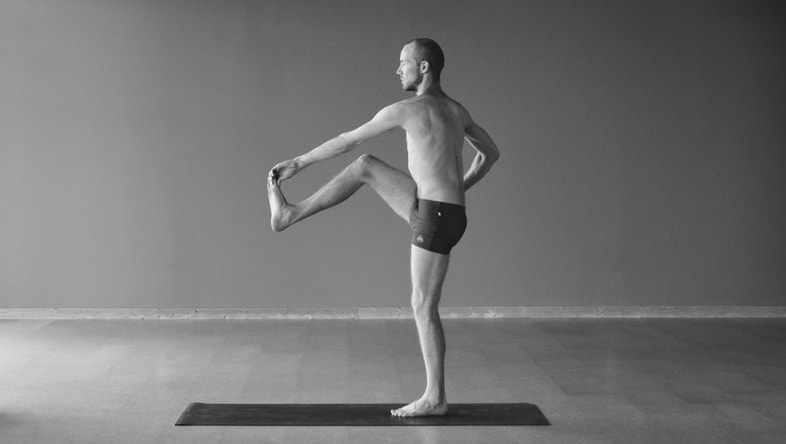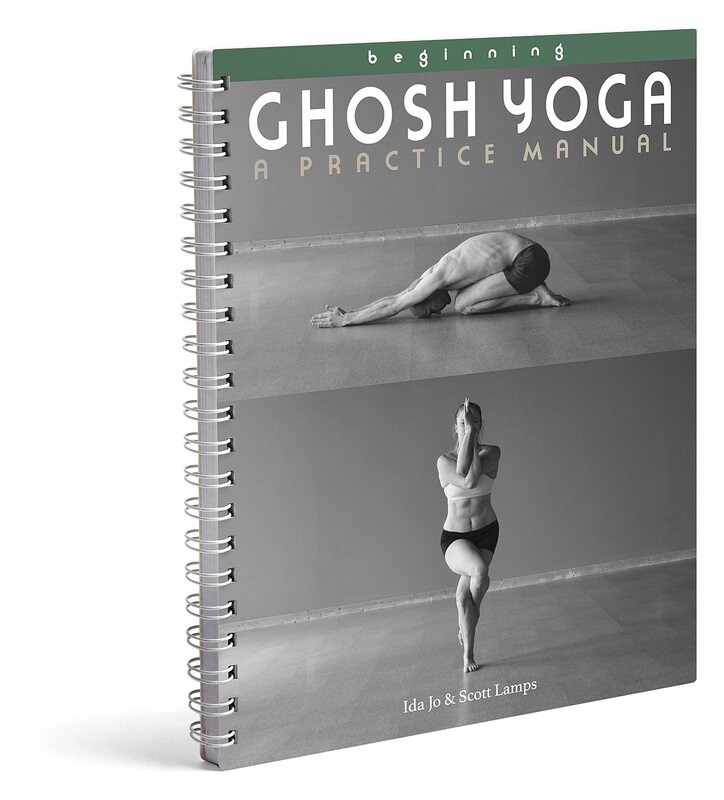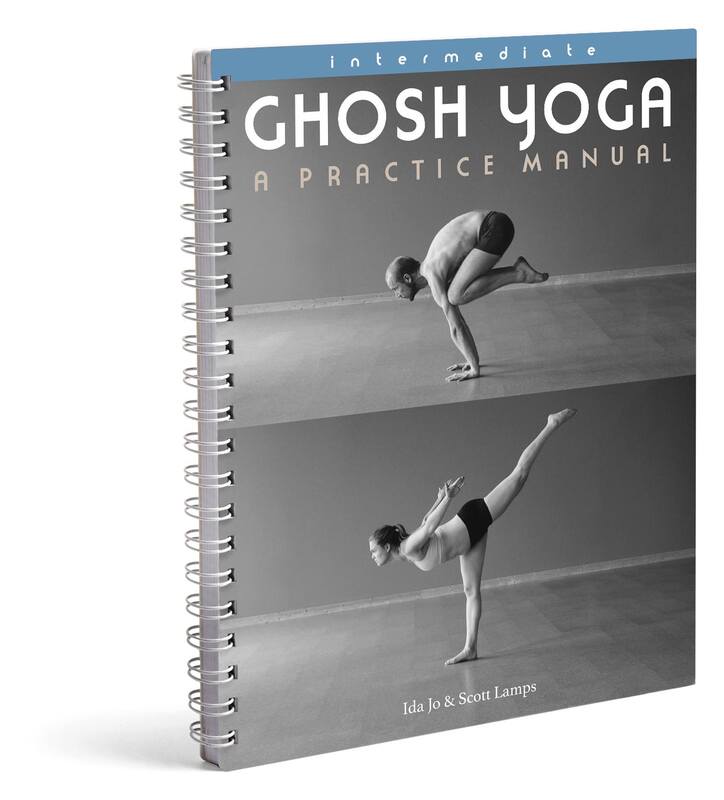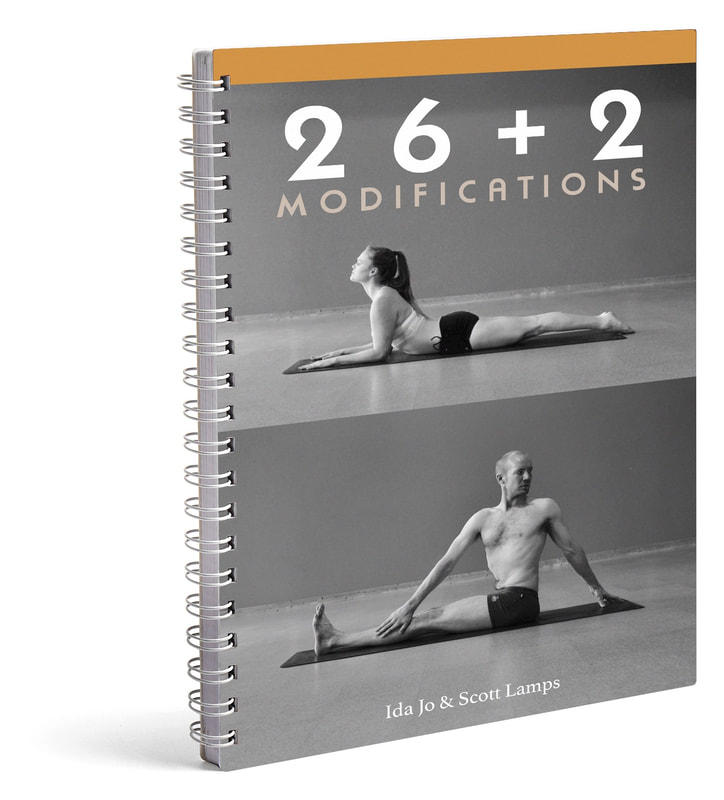|
At its core, an asana sequence is a general yoga prescription designed for many people (as opposed to the traditional prescriptions that are tailored for each individual). Instead of making something perfect for each unique person's fitness level and goals, a general sequence makes each person adjust to it.
A sequence takes into account the general health of the individuals that are likely to come to class. For the most part, nothing taught is too complicated or dangerous in a general class. That means it will be beneficial for the majority of people who take the class. Western cultures have gotten around the issues that this causes by using modifications when necessary in asana classes. For example: Someone who cannot balance can hold onto the wall while attempting a posture. Also, advanced students may "up-level" a posture to bring it to their level of ability. In this way, each student can approximate a personalized practice while doing the same practice as the rest of class. There are pros and cons to the Western approach of sequenced yoga classes. PROS: 1. There's no consultation or one-on-one time required. Any prospective yogi can come in and take class with no preparation. 2. A brand new teacher can get through a class without needing to identify and address individual issues. 3. If the sequence is set already, a teacher doesn't need to come up with what they are teaching. 4. This approach can potentially provide a communal feel, as everyone is taking part in the same actions. CONS: 1. Students cannot progress at the same rate they would with individual attention. They are most likely not pushed as much as they could be in some areas, and are pushed too hard in others. 2. Teachers may be able to get by without continuing to develop their own education since they can "get through a class." This often leads to teacher burnout as well. 3. Without knowing a student's physical condition, a teacher may instruct something that is potentially dangerous for the student. 4. Large parts of the population are underserved. Old, injured, kids, etc. don't often come to class, because they need special attention and the classroom environment doesn't provide that. Just as yoga in the West evolved from its prescriptive tradition, it will continue to change based on cultural values and the systems in place.
4 Comments
Tony
7/10/2017 08:08:26 pm
The con number 4 bums me out. What would you suggest for that?
Reply
Scott
7/11/2017 08:48:52 am
Tony, I agree. We hear this concern from a lot of teachers and students. I'm not sure we can expect the studio culture to change overnight, but as teachers we can offer individual lessons or special classes directed toward underserved populations. It may be as simple as asking your studio for one class per week for elders or injured students. I think you will be surprised at the positive response in the community.
Reply
Naming these issues is great! I have managed to shape my studio culture and structure so that the pros of the sequenced group class ARE happening and the cons are NOT. It is amazing to witness the good things coming from this approach. It is actually not that hard to implement in a small school...just takes the right intention and setting up a certain structure.
Reply
7/16/2017 08:13:17 pm
Great stuff! Thank you.
Reply
Leave a Reply. |
AUTHORSScott & Ida are Yoga Acharyas (Masters of Yoga). They are scholars as well as practitioners of yogic postures, breath control and meditation. They are the head teachers of Ghosh Yoga.
POPULAR- The 113 Postures of Ghosh Yoga
- Make the Hamstrings Strong, Not Long - Understanding Chair Posture - Lock the Knee History - It Doesn't Matter If Your Head Is On Your Knee - Bow Pose (Dhanurasana) - 5 Reasons To Backbend - Origins of Standing Bow - The Traditional Yoga In Bikram's Class - What About the Women?! - Through Bishnu's Eyes - Why Teaching Is Not a Personal Practice Categories
All
Archives
May 2024
|







 RSS Feed
RSS Feed